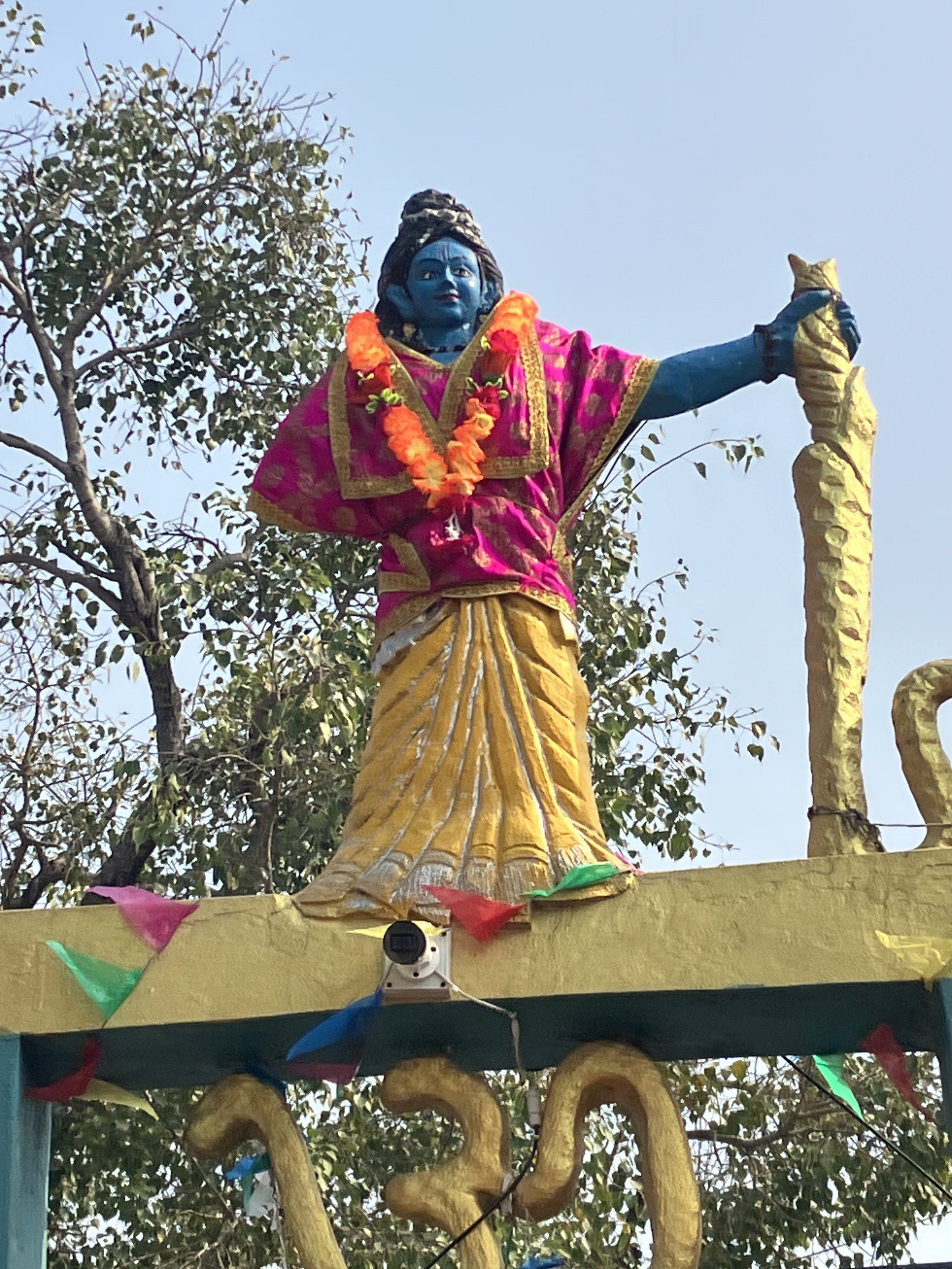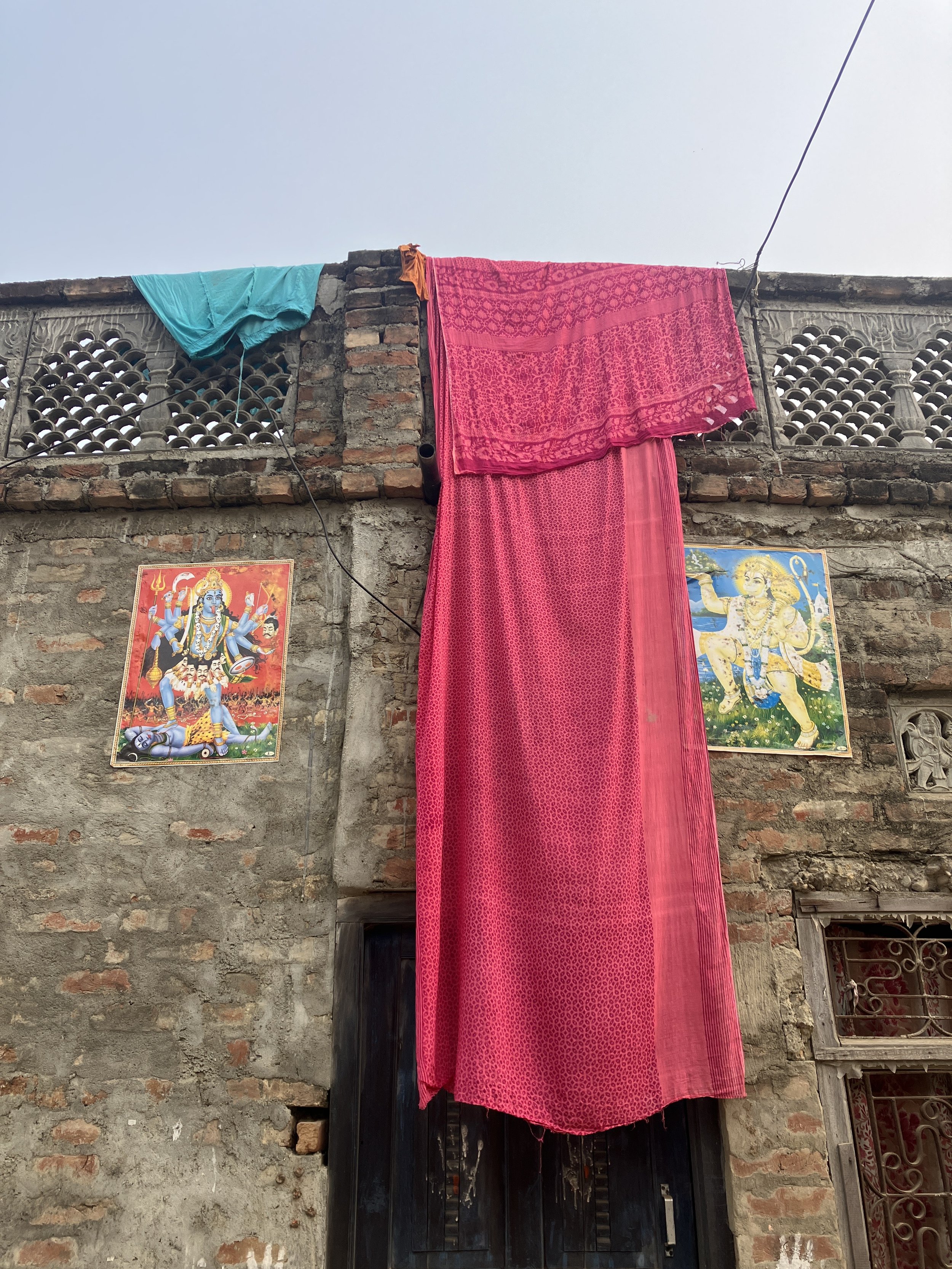Krispi Raman Jaiswal is a law student who identifies herself as an intersectional feminist. Having worked for Madhesh for about 4 years now, she is also an UNFPA youth advocate for sexual and reproductive health and rights. She has directed the Documentary about Dom women of Madhesh, with the passion to serve women she thrives for culture, liberty and equality.
“Pilgrimage” a holy walk to meet the almighty is the first glance that may come into our mind as we hear this term. But pilgrimage is a ticket to freedom of travel for thousands of women; Vivah Panchami a travel leverage for hundreds of women of Mithila, a chance to step out and explore a city that has the holy belief of Ramayana on the occasion of Ram Sita vivah.
Colorful Mithila is set up to welcome lord Ram the pahun of every Maithili household here in Janakpur. As the mangal geet starts, so starts the journey of this leverage.
No matter what age of a woman you are, you will still need an excuse that is valid and accepted enough in the society to travel. Walk way of Janaki temple filled with similar excused woman in veil and young woman having their hearts filled with hope.
Every evening is a chance for talks, glimpses of wedding rituals that takes them back to the times of emotions experienced. This embodies womanhood in the heart of a pilgrimage spot often in Janaki temple.
The barefoot walking rituals are commonly practiced, this is believed to purify their journey from their homes to the spot of pilgrimage.
The veil of color red and orange are embraced to the purest be it their soft cotton that have washed a number of times, matching the color theme of Mithila they accept their pahun while enjoying their time.
The morning bath rituals at Dhanushsagar is a must, you won’t find any women not being helped by another to ensure she gets to bathe in the midst of the pond in belief of sacral water from the Ganga itself.
The local market wrapped in winter shawls all around are the shares of currency to be Indian or to be Nepali, women speaking their mother tongue with the emphasis of how one of her maternal ancestors was from Janakpur making it easy for herself to be wrapped in the warmth shared by the visitors as she stays for the Vivah Panchami.
Ram Mandir is filled with travelers from Ayodhya, all around Mithila and Bihar. Each woman carries their bag filled with essentials to live and leverage finally granted to them.
A trade opportunity for many men in the market is created, women are seen buying colours of bangles matching their experience while the currency debate goes on, identifying the native of the traveller.
The bedding settlements are shared by many travelers while women find their group made for safety, support and easy journey for each other, helping them to make a place in the pilgrimage.
As filled with color as the Janaki temple is, so are the women here, beautiful and historically important. Each day of the week is a celebration for these women and an almighty opportunity to explore themselves.
Janaki Temple decorated for Vivah Panchami, followed by travelers across India and Nepal draped with colorful veils of pilgrims.








































